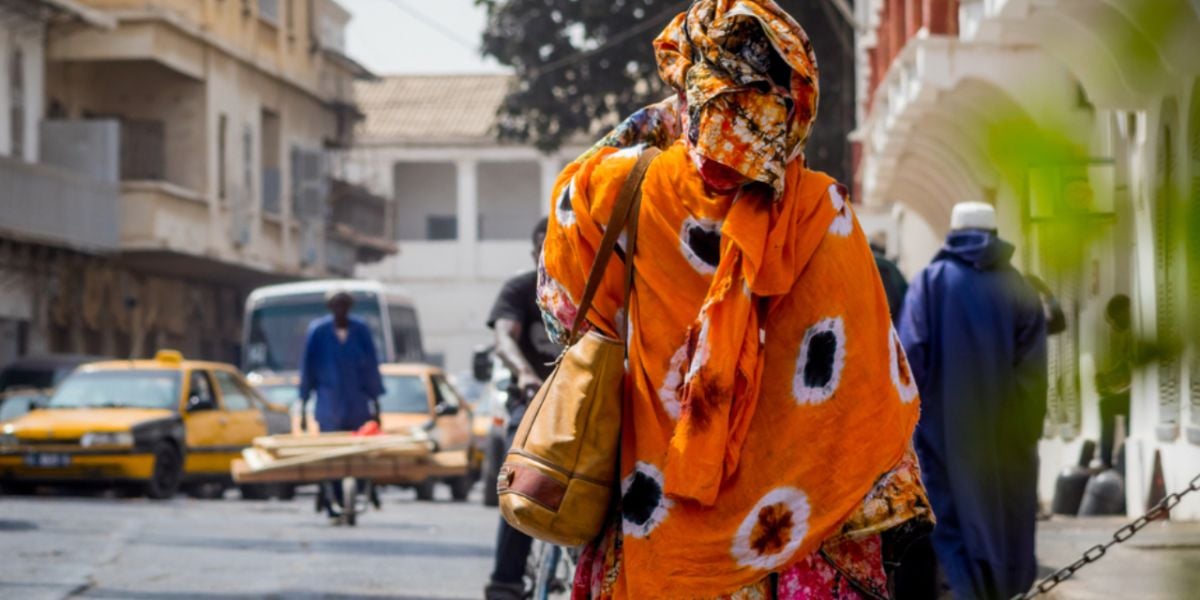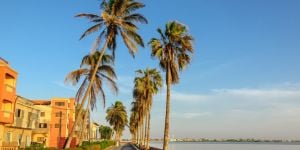
Senegal is known worldwide for being the land of 'Teranga'; a Wolof phrase which roughly translates as warmth, friendliness and selflessness. In particular, the country's inhabitants are famous for their unprecedented hospitality towards foreigners. The Teranga and the general Senegalese way of life is often cited by expats as the reason for staying in the country for a long time.
Teranga
There is no direct translation of Teranga, but it all revolves around respect, community, solidarity and sharing. It guides the Senegalese day-to-day and is an essential value in Senegalese culture. In effect, it is all about how you treat your neighbour, and therefore, the Senegalese are not only friendly to one another but also warm and welcoming towards foreigners. For example, they will always be willing to engage in a conversation and share their knowledge about the local culture, traditions and local cuisine. It is also likely you will be invited over to share some attaya (sweet mint tea) or have a meal at some point.
The population in Senegal
Senegal is a harmonious blend of different tribes; a melting pot of languages, religions and ethnicities. The most dominant is the Wolof, whose traditions, language, culture and people are synonymous with Senegal. The Wolof language, for example, is spoken by 80% of the population and is the de facto national language. French, though, is the official national language taught in schools and most Senegalese that live near urban centres will speak it. Also, you will find Serere, Diola, Bassari, Bedik, Mandingo, Pulaar and Fulani people and languages across Senegal, as well as other distinct cultures.
When it comes to fellow expats, there is a large Francophone population that have settled here as well as people hailing from West Africa, North Africa and Lebanon.
Religion in Senegal
Senegal is a very religious country in that most of the population are religious. 95% are Muslim, 4% Catholic and 1% are animists. However, there is total harmony between the religions, and officially the state is secular. For example, all religious festivals are celebrated together - at Tabaski (Senegal's Eid), Muslims welcome Christians to their home and vice versa for Christmas. There is mutual respect for a person's choice of beliefs.
Most Senegalese belong to one of the four Sufi Muslim brotherhoods, of which Mouridism is the most popular. These mystic brotherhoods offer spiritual guidance and are very influential in the Senegalese way of life.
Christianity was first introduced by the Portuguese in the 15th century and spread during French colonial rule. Currently, around 5% of Senegalese are Christians, and they mainly live in Casamance and cities where there is a strong French connection.
Animism is a blend of local beliefs, which many Christians and Muslims in Senegal also believe in. It is a belief based on spirits and souls, mixing with monotheistic religions and involves marabouts (spiritual leaders), charms (gris-gris are amulets worn to ward off evil spirits) and traditional ceremonies.
Social traditions in Senegal
Community is vital in Senegalese culture. People look after their family and neighbours in many ways. The 'tontine', for instance, remains a widespread and yet rigorous practice to date. The 'tontine' is a mutual fund to which village inhabitants contribute an agreed small amount of money, per month or per week. The money raised is then given to a person or family when they are in need. Once this is done, it goes all over again with an empty box.
Tales and proverbs are also part of the traditions that characterise Senegal and Africa. These are transmitted from one generation to another.
Blend of traditions and modernity in Senegal
Senegal is deemed to be one of the most developed African countries, but that doesn't mean it has lost its traditions. Far from it. Many Senegalese are well-educated and successful but stick to ancient traditions. For example, it is not rare to find a Senegalese businessman, educated at a university in France and the US, who has a marabout and believes in spiritual practices.
Food in Senegal
Mealtime is very important - a time to share with friends, family and neighbours. Most dishes are served in large circular bowls and shared between lots of people, each person getting the portion in front of them. In terms of dishes, fish makes up 75% of Senegalese animal protein intake. The national dish is thieboudienne, pronounced ‘cheb-o-jen', which is a mixture of rice, vegetables and fish. Thiof (a grouper) is the national fish, and there are lots of peanuts (the most significant agricultural export). Mafé, for example, is a tomato and peanut-based sauce that is eaten with meat.
There are also lots of juices that are popular as most Senegalese do not drink alcohol. These include Bissap (hibiscus), Ginger, Tamarind and Bouye (fruit of the baobab tree).
We do our best to provide accurate and up to date information. However, if you have noticed any inaccuracies in this article, please let us know in the comments section below.








